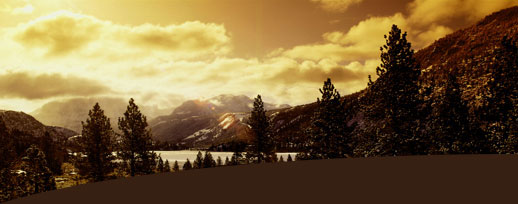
O Piemoncie kilka slow/Qualche parola su Piemonte/About Piedmont
Piemont (wl. Piemonte) jest wloskim regionem polozonym przy granicy z Francja i Szwajcaria w polnocno-zachodniej czesci kraju.
- stolica: Turyn
- powierzchnia: 25 400 km²
- liczba mieszkańców: 4,3 mln
- gęstość zaludnienia: 169 os./km²
- ważniejsze miasta: Asti, Alessandria, Cuneo, Novara i Vercelli.
Powierzchnia Piemontu jest górzysta, w zachodniej i północnej części Alpy Zachodnie, w środkowej zas Nizina Padanska.
Jest to jeden z najbardziej uprzemysłowionych regionów Wloch: przemysł środków transportu, maszynowy, elektrotechniczny, gumowy, papierniczy, materiałów budowlanych, hutniczy (hutnictwo aluminium i żelaza).
W regionie rozwinięta jest turystyka, przede wszystkim sporty zimowe (Turyn i pobliskie miasteczka byly gospodarzami Zimowych Igrzysk Olimpijskich w 2006 roku).
IN ITALIANO
Il Piemonte è una regione dell' Italia nord-occidentale di oltre 4,4 milioni di abitanti con capoluogo Torino. Confina ad ovest con la Francia, a nord-ovest con la Valle d'Aosta, a nord con la Svizzera, ad est con la Lombardia, a sud-est con l' Emilia-Romagna (condivendo un confine di poco meno di 8 km) e a sud con la Liguria.
Il territorio della regione è suddivisibile in 3 fasce concentriche, di cui la prevalente (e più esterna) è quella alpina ed appenninica (ben il 43,3% del territorio regionale); al suo interno vi è la zona collinare (30,3% del territorio), la quale racchiude la zona pianeggiante (26,4% del territorio).
Nella regione scorrono moltissimi fiumi e torrenti, tutti affluenti del fiume Po, il più lungo d' Italia, che nasce al Pian del Re ai piedi del Monviso.
IN ENGLISH
Piedmont is one of the 20 regions of Italy. It has an area of 25,399 km2 and a population of about 4.4 million. The capital is Turin. The main local language is Piedmontese. The name Piedmont comes from medieval Latin Pedemontium, i. e. "ad pedem montium", meaning "at the foot of the mountain".
Piedmont is surrounded on three sides by the Alps, including Monviso (Mont Vis), where the Po rises, and Monte Rosa. It borders France, Switzerland and the Italian regions of Lombardy, Liguria, Aosta Valley and for a very small fragment with Emilia Romagna. The geography of Piedmont is 43.3% mountainous, along with extensive areas of hills (30.3%) and plains (26.4%). Piedmont is the second largest of Italy's 20 administrative regions, after Sicily. It is broadly contiguous with the upper part of the drainage basin of the river Po, which rises from the slopes of Monviso in the west of the region and is Italy’s largest river. The Po collects all the waters provided within the semicircle of mountains (Alps and Apennines) which surround the region on three sides. From the highest peaks the land slopes down to hilly areas, (not always, though, sometimes there is a brusque transition from the mountains to the plains) and then to the upper, and then the lower the great Padan Plain. The boundary between the first and the second is characterised by risorgive, springs typical of the pianura padana which supply fresh water both to the rivers and to a dense network of irrigation canals. The countryside, then, is very varied: one passes from the rugged peaks of the massifs of Monte Rosa and of Gran Paradiso (national park), to the damp rice paddies of the Vercellese and Novarese; from the gentle hillsides of the Langhe and of Montferrat to the plains. The percentage of the territory which is a protected area is 7.6%. There are 56 different national or regional parks. One such park is the Gran Paradiso National Park.